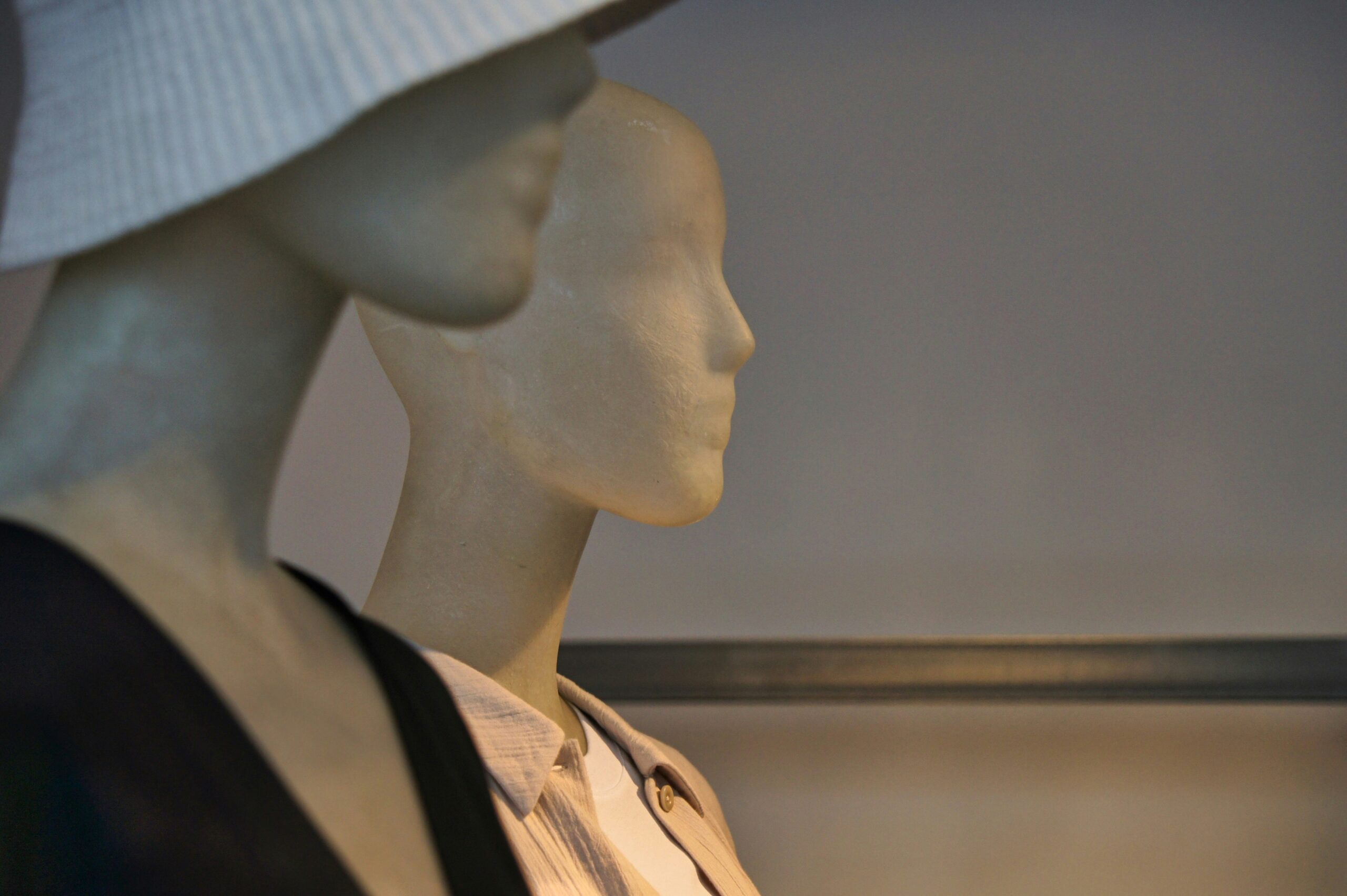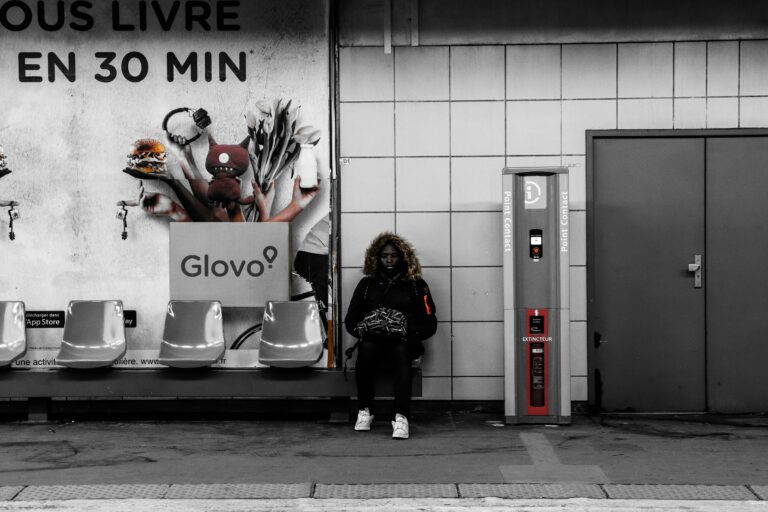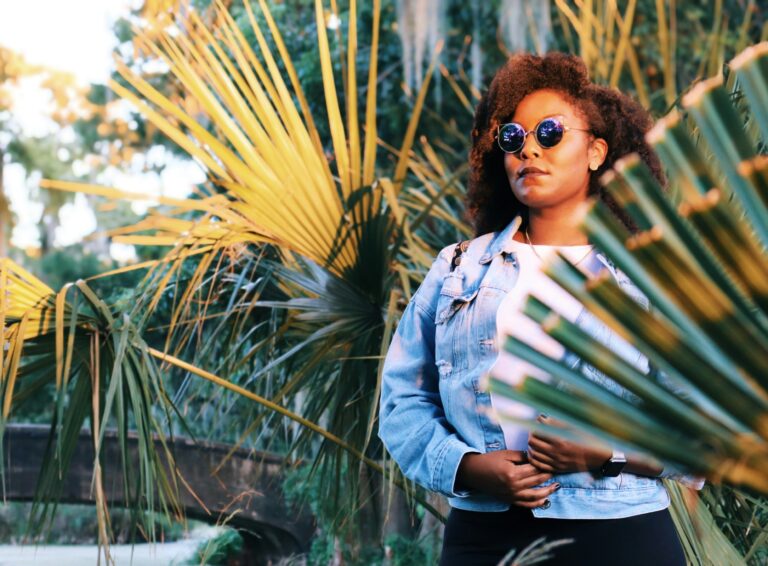Learn who the head designer at Gucci is, explore Gucci’s creative director list from Tom Ford to Sabato De Sarno, and discover how each designer shaped the brand.
Who Is the Head Designer at Gucci? Full Creative Director List & the Legacy of Gucci’s Visionaries

Wondering who the head designer at Gucci is today? Curious about the full Gucci creative director list over the years? You’re not alone.
The role of Gucci’s creative director has always been pivotal—defining not just Gucci’s style, but often influencing the entire fashion industry. From Tom Ford’s sexy minimalism to Alessandro Michele’s maximalist revolution, Gucci’s designers have turned the house into a cultural and commercial icon.
Let’s break down the current and past creative leaders of Gucci, explore their design legacies, and look at what the new creative director of Gucci is bringing to the table.
Contents
- 1 Who Is the Head Designer at Gucci in 2025?
- 2 Gucci Creative Director List (1994–2025)
- 3 What Does the Head Designer at Gucci Actually Do?
- 4 From Tom Ford to Sabato De Sarno: How Gucci’s Design Direction Has Shifted
- 5 Why the Creative Director Role Matters So Much at Gucci
- 6 FAQs About Gucci’s Head Designers
- 7 Final Thoughts: Gucci’s Designers Define Generations
- 8 Gucci Creative Directors – FAQs with Answers
Who Is the Head Designer at Gucci in 2025?
As of 2024, the creative director of Gucci is Sabato De Sarno.
Sabato De Sarno – Creative Director of Gucci (2023–Present)
- Appointed: January 2023
- First collection debut: Spring/Summer 2024
- Previous roles:
- Valentino – Fashion Director
- Prada and Dolce & Gabbana – Early career
His Vision:
Sabato De Sarno brings a refined, pared-down aesthetic that counters the over-the-top theatricality of his predecessor Alessandro Michele. His debut shows emphasize quiet luxury, subtle sensuality, and timeless tailoring—a clear pivot toward minimalist sophistication.
If you’re searching for the “new designer at Gucci” or “creative designer for Gucci,” Sabato is the name to know.
Gucci Creative Director List (1994–2025)
Here’s a complete look at the Gucci creative director timeline, spotlighting each era’s visual codes and cultural impact.
| Name | Years Active | Key Contributions |
|---|---|---|
| Tom Ford | 1994–2004 | Revived Gucci with sexy, tailored glam; globalized the brand |
| Alessandra Facchinetti | 2004–2005 | Short tenure post-Ford; transitional period |
| Frida Giannini | 2006–2014 | Feminine, bohemian, commercially strong collections |
| Alessandro Michele | 2015–2022 | Maximalism, gender fluidity, geek chic, vintage eclecticism |
| Sabato De Sarno | 2023–Present | Quiet luxury, subtle sensuality, elevated minimalism |
Each Gucci designer reinterpreted the house’s codes—horsebit, GG logo, bamboo bags, florals, tailoring—through their unique lens.
What Does the Head Designer at Gucci Actually Do?
The head designer or creative director of Gucci is responsible for:
- Creative vision across all collections (womenswear, menswear, accessories, campaigns)
- Runway shows and presentations
- Advertising and brand storytelling
- Collaborations and capsule drops
- Store visuals and in-store design experience
- Celebrity styling and red carpet looks
They work closely with:
- Fashion design teams
- Art directors
- Merchandisers and marketers
- Global PR and digital media
From Tom Ford to Sabato De Sarno: How Gucci’s Design Direction Has Shifted
Tom Ford (1994–2004): Sleek, Provocative, Power Dressing
- Introduced the iconic velvet suit, white shirt open to the navel
- Gucci became synonymous with sex appeal and 90s glamour
Frida Giannini (2006–2014): Boho Luxe & Commercial Growth
- Brought floral prints, soft silhouettes, and retro glamour
- Cemented Gucci’s place in red carpet culture
Alessandro Michele (2015–2022): Maximalism & Gender Fluidity
- Launched “geek chic” aesthetic with lace, embroidery, and layers
- Merged streetwear and vintage nostalgia
- Known for theatrical fashion shows and art references
Sabato De Sarno (2023–): Quiet Confidence
- Focused on essentials, balance, and pared-back sophistication
- Emphasizes luxury over loudness
Why the Creative Director Role Matters So Much at Gucci
Gucci isn’t just a fashion house—it’s a cultural phenomenon. The creative director acts as the brand’s voice and face, influencing:
- Global style trends
- Consumer expectations
- Celebrity fashion
- The resale and archive market
- How luxury is perceived by new generations
FAQs About Gucci’s Head Designers
Who is the current creative director of Gucci?
As of 2025, Sabato De Sarno is the current head designer at Gucci.
Who was Gucci’s creative director before Sabato?
Alessandro Michele held the position from 2015 to 2022.
Is the creative director the same as the fashion designer?
Not quite. The creative director oversees all design output and brand vision. Fashion designers (design leads) often work under them on specific product categories.
What was Gucci like under Alessandro Michele?
It was maximalist, theatrical, vintage-inspired, and gender-fluid. Michele’s Gucci was one of the most talked-about fashion eras of the 21st century.
Final Thoughts: Gucci’s Designers Define Generations
The head designer at Gucci is more than just a title—it’s a cultural role that shapes how the world dresses, shops, and self-expresses.
Whether you’re a fashion student, industry professional, or style enthusiast, understanding the Gucci creative director list offers insight into the brand’s evolution—and where it’s headed next.
With Sabato De Sarno now at the helm, Gucci enters a new era of quiet luxury and elevated restraint, a sharp turn from recent maximalism.
Gucci Creative Directors – FAQs with Answers
About the Head Designer at Gucci
1. Who is the current head designer at Gucci?
As of 2024, the current Creative Director (head designer) of Gucci is Sabato De Sarno, who took over the role in 2023, succeeding Alessandro Michele.
2. What does the creative director at Gucci do?
The creative director leads overall artistic direction, from designing collections and setting campaign visuals to shaping brand aesthetics, show concepts, and even product categories like homeware and fragrances.
3. When did Sabato De Sarno become Gucci’s creative director?
He was appointed in January 2023 and debuted his first collection for Gucci in September 2023 during Milan Fashion Week.
4. What was Sabato De Sarno doing before Gucci?
Before Gucci, De Sarno worked at Valentino for over a decade, where he played a key role in shaping the brand’s modern elegance and refined minimalism.
5. Is Sabato De Sarno Gucci’s first Italian creative director?
No. Gucci has had several Italian creative leads including Tom Ford’s successor Frida Giannini, and the brand’s founder, Guccio Gucci, was also Italian.
Gucci Creative Director History
6. Who are all the creative directors of Gucci to date?
Here’s a timeline of notable creative directors at Gucci:
- Tom Ford (1994–2004)
- Frida Giannini (2006–2014)
- Alessandro Michele (2015–2022)
- Sabato De Sarno (2023–Present)
7. Who was Gucci’s creative director before Sabato De Sarno?
Alessandro Michele, known for his maximalist, gender-fluid, and vintage-inspired aesthetic, held the position from 2015 to 2022.
8. Why did Alessandro Michele leave Gucci?
Reports suggest creative differences between Michele and Gucci’s parent company Kering, particularly regarding the brand’s future direction and growth strategy.
9. Who was the creative director of Gucci in the 2000s?
Tom Ford held the position until 2004, followed by Frida Giannini, who led until 2014, bringing a more romantic, feminine take to the brand.
10. Did Tom Ford start Gucci’s global resurgence?
Yes. Tom Ford’s era (1994–2004) is credited with making Gucci a luxury powerhouse, known for provocative ads, sleek tailoring, and glossy minimalism.
Fashion Influence & Style
11. How is Sabato De Sarno’s Gucci different from Alessandro Michele’s?
De Sarno’s vision is pared-back, classic, and sensual, contrasting Michele’s theatrical and vintage-rich storytelling. It’s a return to elegant simplicity and wardrobe-focused design.
12. What was Frida Giannini’s signature design style at Gucci?
Frida brought in boho-glam aesthetics, florals, and modern femininity, keeping the brand commercially successful but less avant-garde.
13. Did Tom Ford also design for Gucci?
Yes. He wasn’t just creative director—he designed ready-to-wear, menswear, and accessories, and was integral to brand transformation in the ‘90s.
14. Is the Gucci head designer involved in accessories?
Absolutely. Gucci’s creative director oversees not just clothing but also bags, shoes, jewelry, and campaign styling, ensuring cohesive brand identity.
15. Who sets Gucci’s fashion show themes?
The creative director leads the vision for each show, including set design, casting, soundtrack, styling, and overall atmosphere.
Brand Evolution & Design Legacy
16. How has Gucci’s creative direction evolved over the years?
From sleek sex appeal (Tom Ford) to boho femininity (Giannini) to romantic eccentricity (Michele) to clean, classic elegance (De Sarno), Gucci’s style has constantly evolved with its leadership.
17. Which Gucci creative director had the most cultural impact?
Tom Ford and Alessandro Michele arguably had the most influence—Ford for redefining ‘90s luxury, Michele for making Gucci synonymous with gender-neutral maximalism in the 2010s.
18. Has Gucci ever had a co-creative director model?
No. Gucci has always had a single creative director at the helm, though design teams support execution under their vision.
19. How do Gucci’s creative directors influence marketing campaigns?
Every campaign reflects the creative director’s vision, casting, styling, and often uses long-time collaborators for photos, films, or digital storytelling.
20. Has a woman ever been Gucci’s head designer?
Yes. Frida Giannini was Gucci’s creative director from 2006 to 2014, and the only woman to hold that title so far.
Brand Identity & Consumer Search Intent
21. Is the creative director of Gucci also the face of the brand?
Yes. Today’s fashion houses use their creative directors as public-facing personalities, responsible for media interviews, red carpet appearances, and overall brand narrative.
22. Who makes final design decisions at Gucci?
The creative director makes all creative decisions, while business strategy is guided by the CEO and executive team at Kering Group.
23. Do creative directors at Gucci design menswear and womenswear?
Yes. Gucci operates under a unified vision, so the creative director designs for both men’s and women’s collections.
24. How often does Gucci change its creative director?
On average, every 8–10 years—though transitions can occur due to brand repositioning or shifts in luxury trends.
25. Are Gucci’s designers involved in celebrity dressing?
Yes. Gucci’s creative director often styles celebrities for campaigns, red carpets, and performances, making it a key part of global brand visibility.
Behind the Brand Leadership
26. What is the difference between a designer and creative director at Gucci?
A designer creates individual pieces or lines. The creative director sets the vision, leads all design teams, and oversees brand expression across all channels.
27. Who owns Gucci and appoints its creative director?
Gucci is owned by Kering, a French luxury group that appoints creative directors and CEOs across its portfolio of brands.
28. Are former Gucci creative directors still active in fashion?
Yes. Tom Ford founded his own label, Frida Giannini consults, and Alessandro Michele is expected to return with a new brand or collaboration.
29. Why is Gucci’s creative director so important to the brand?
Gucci’s brand identity is deeply tied to visual storytelling and cultural relevance—making the creative director a strategic and symbolic leader.
30. Will Gucci’s new direction under Sabato De Sarno change its legacy?
His approach signals a shift toward refined minimalism, and while different from Michele’s, it could broaden Gucci’s appeal to new markets and classic-luxury consumers.

Shikha Singh
Keep in touch with our news & offers
Subscribe to Our Newsletter
Thank you for subscribing to the newsletter.
Oops. Something went wrong. Please try again later.






